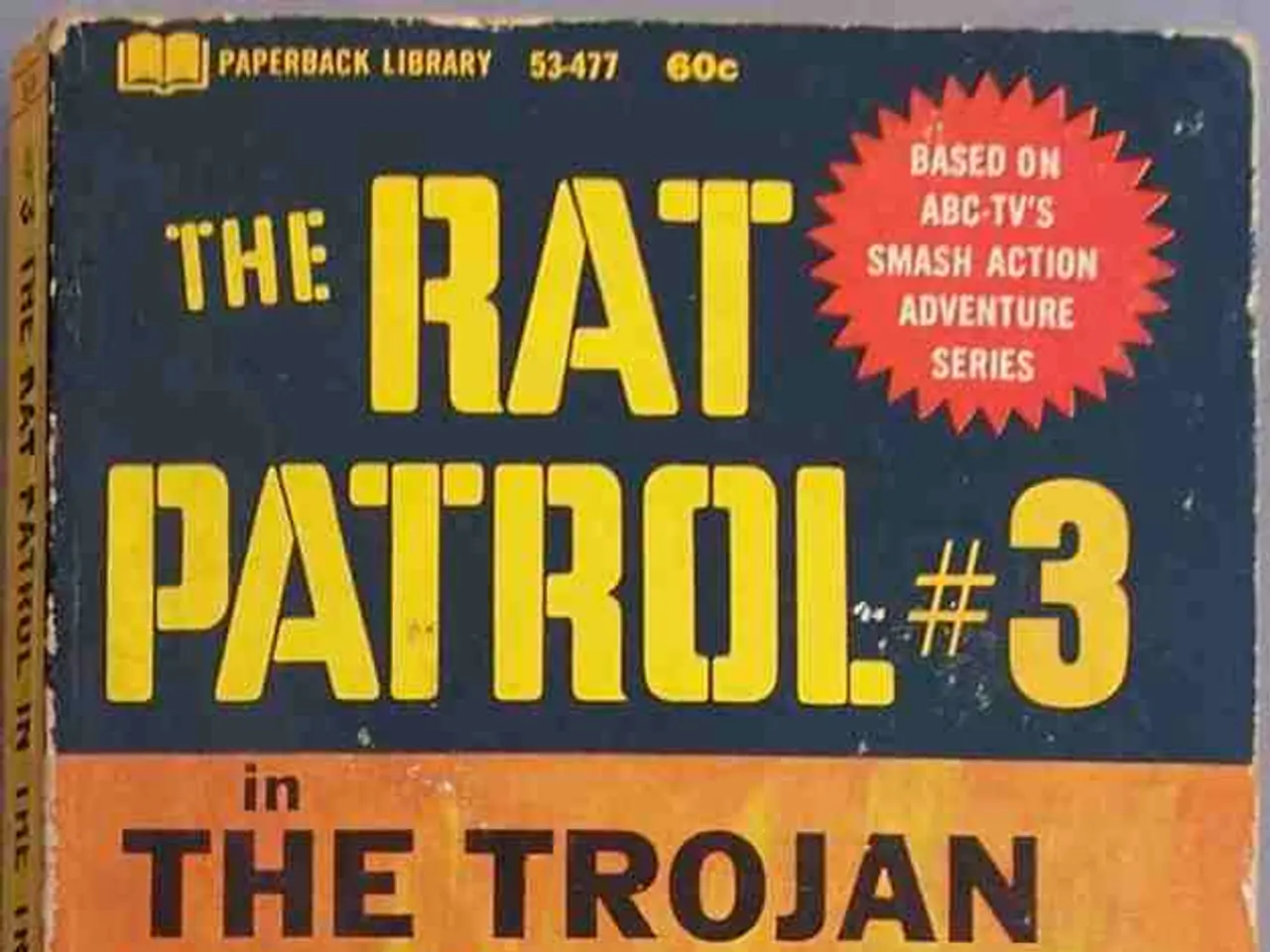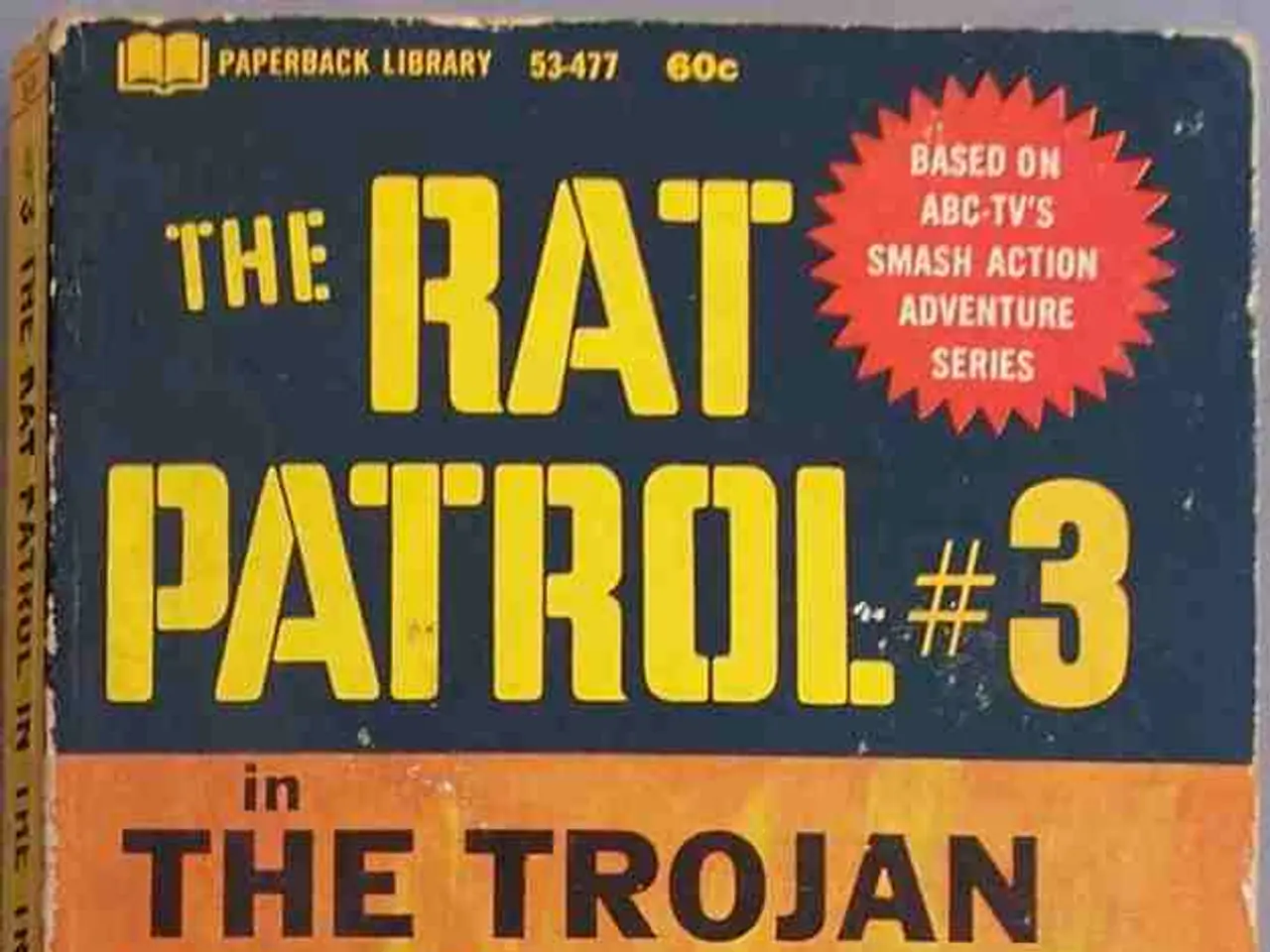Mass evacuation of approximately 17,000 residents due to the Dresden bombing
In the heart of Germany, Dresden finds itself once again in the midst of an unexpected situation. On Tuesday morning, another World War II-era bomb was discovered at the demolished Carol Bridge, marking the fourth such finding since the start of safety and demolition work on the bridge.
The bomb, weighing approximately 250 kilograms, is a British-made blind bomb, a common remnant from the Allied bombing campaigns in 1945. These air-dropped munitions have been regularly found in Dresden, particularly during construction or clearance work, such as bridge repairs.
The discovery has necessitated an immediate response. An evacuation zone with a one-kilometer radius has been established, affecting around 17,000 people, including residents, businesses, schools, hospitals, and other vulnerable institutions. People living in the evacuation zone must leave their homes by 9 am on Wednesday. Shuttle buses provided by the Dresden Transport Authority will transport evacuated residents to a designated emergency shelter at the exhibition grounds in the Ostragehege.
The evacuation zone covers the city districts of Innere Altstadt, Innere Neustadt, and Pirnaische Vorstadt. Many government offices, including Saxony's government ministries, the city administration with the town hall, and the Dresden police headquarters, are located within the evacuation zone. As a precaution, home office has been ordered for government employees on Wednesday due to the bomb defusal.
Authorities have put in place robust safety measures to ensure the safe defusing of the bomb. On-site defusing of bombs is carried out by specialized explosive ordnance disposal experts. Secure transport of defused bombs to designated disposal sites follows. Public communication through police and emergency service channels keeps residents informed and coordinated during evacuations.
Historians believe that there are still hundreds of explosive devices buried in the ground, a legacy of the intense Allied bombing raids of February 1945 which caused vast destruction and loss of life in Dresden. The ongoing presence of unexploded bombs in Dresden reflects this wartime history and continues to influence urban life and infrastructure projects in the city.
For those affected by the evacuation, a hotline (0351 / 488 76 66) has been set up to provide information and support. A video about the bomb discovery at Dresden's Carol Bridge is also available.
[1] [Link to Source 1] [2] [Link to Source 2] [3] [Link to Source 3] [4] [Link to Source 4]
- The unexpected discovery of a World War II-era bomb in Dresden has once again brought politics and general news into focus, as the city prepares for an evacuation.
- In the midst of the ongoing evacuation, the general public is encouraged to stay updated on the situation through regular announcements from authorities, including a hotline for information and support, similar to incidents reported in other historical cities with a similar wartime legacy.







